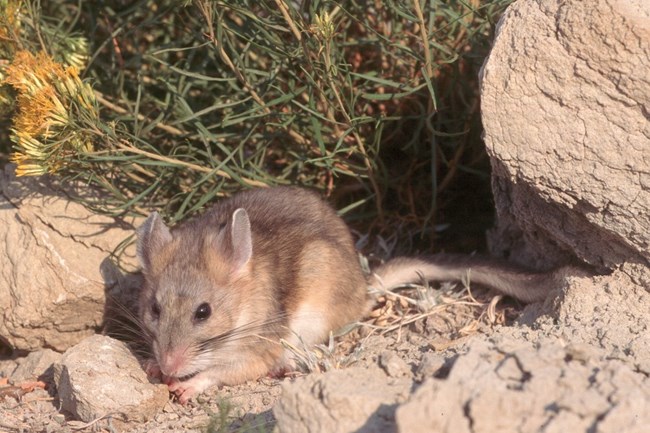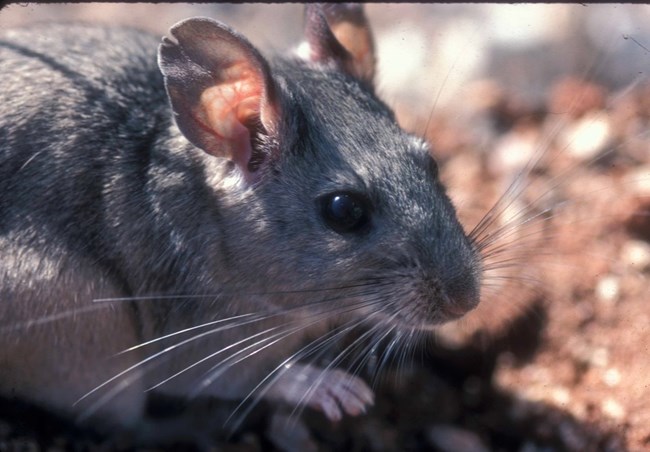
NPS Photo 
NPS Photo Neotoma cinerea
Size and Description

NPS photo Behavior
Diet
Interactions with other animals
|
Last updated: January 10, 2024

NPS Photo 
NPS Photo Neotoma cinerea
Size and Description

NPS photo Behavior
Diet
Interactions with other animals
|
Last updated: January 10, 2024